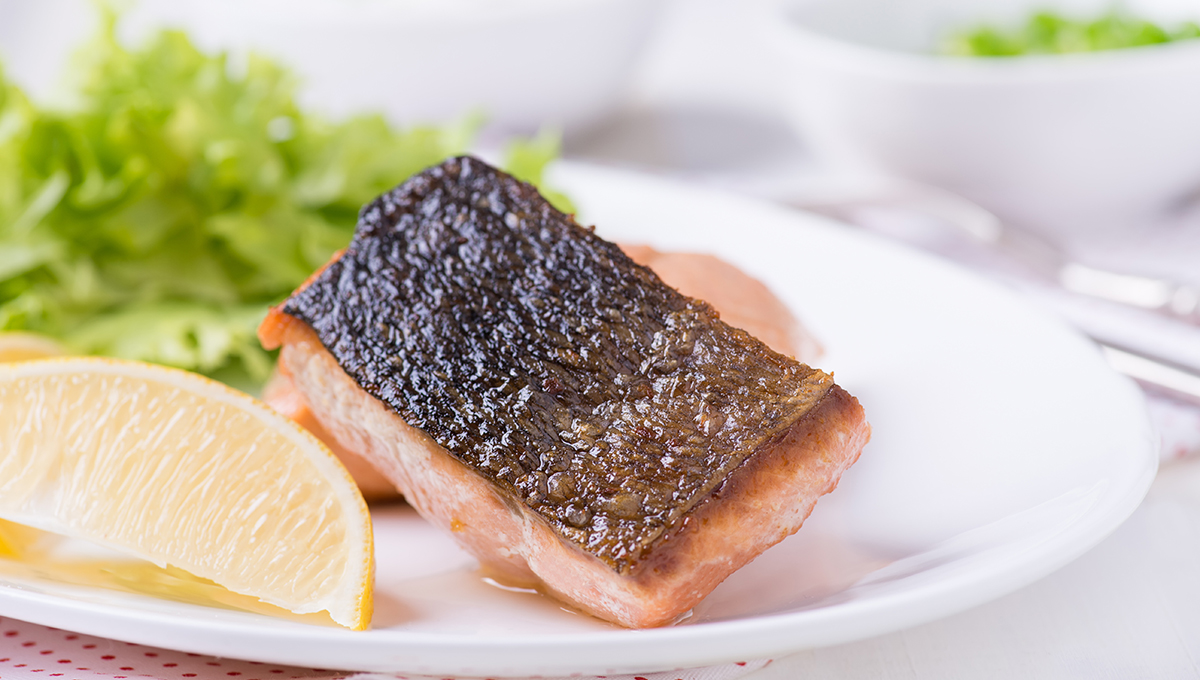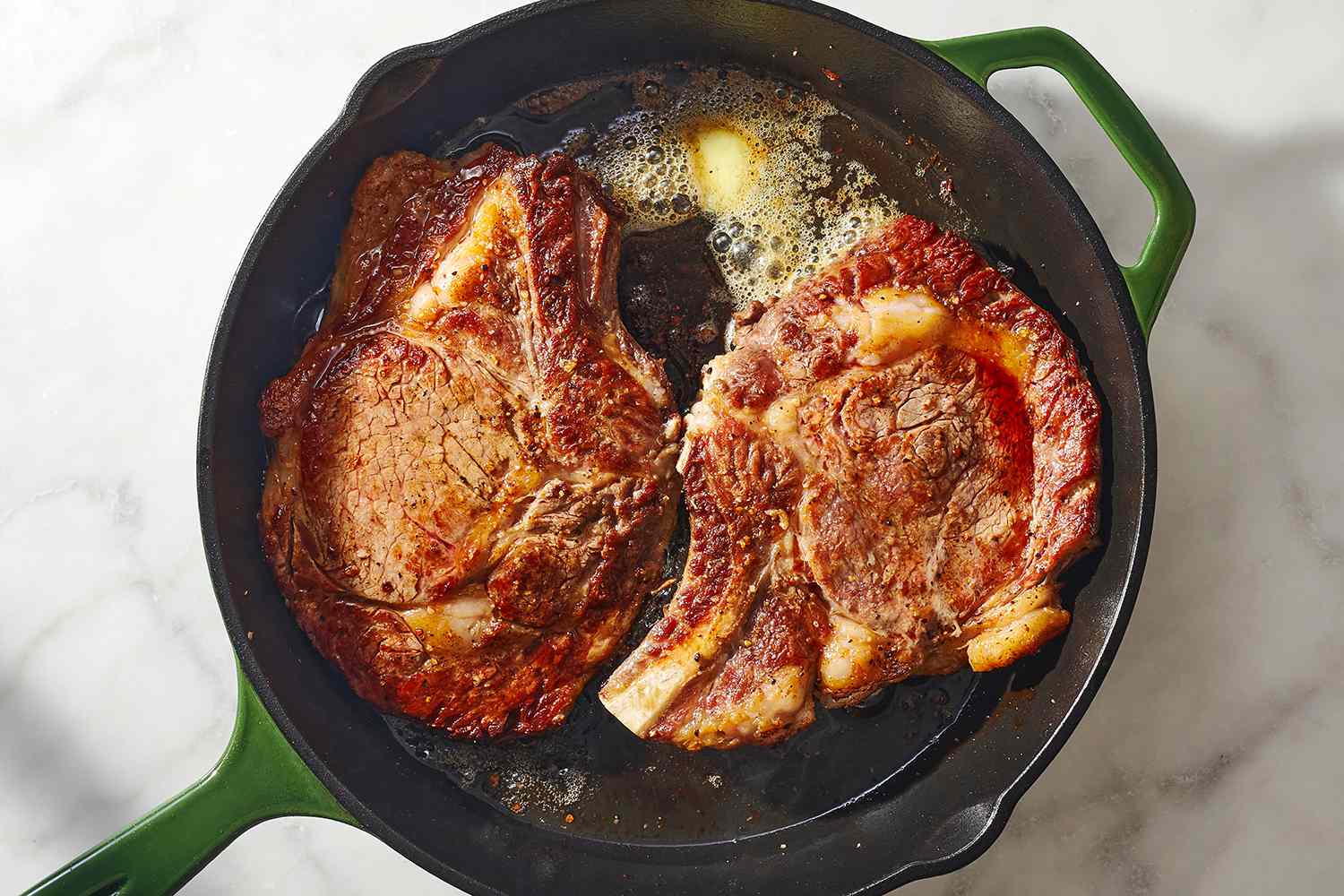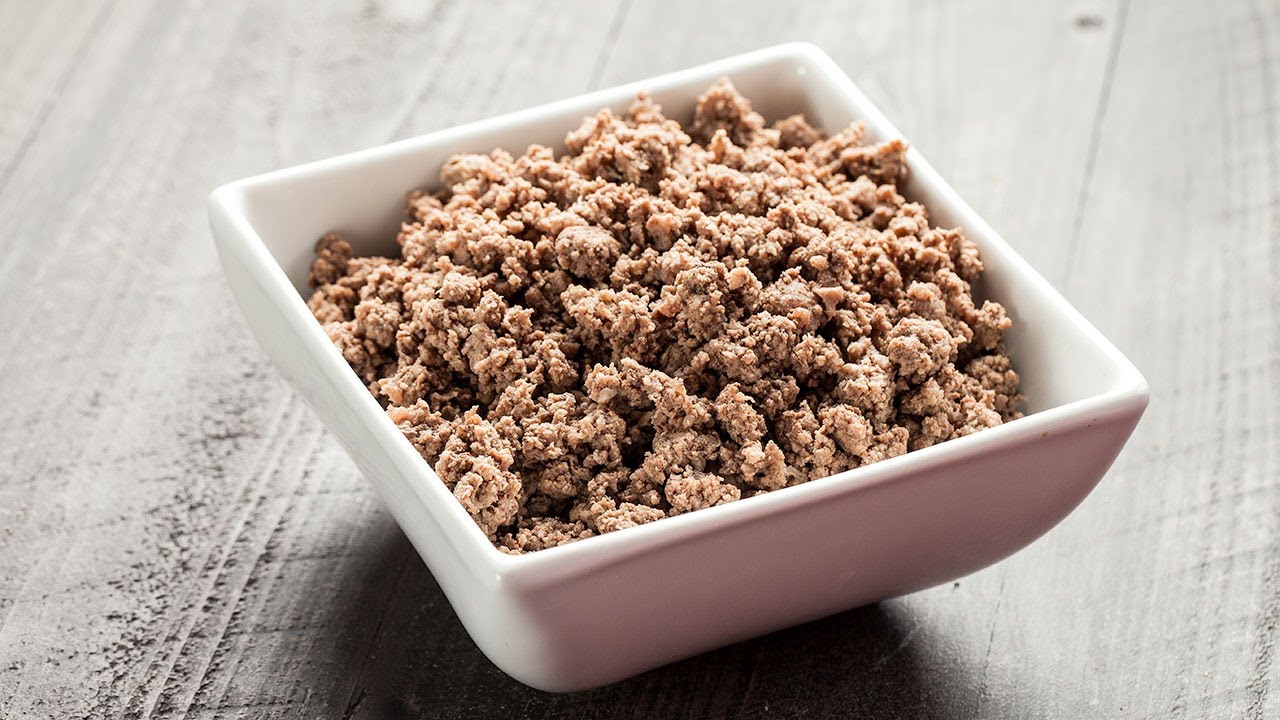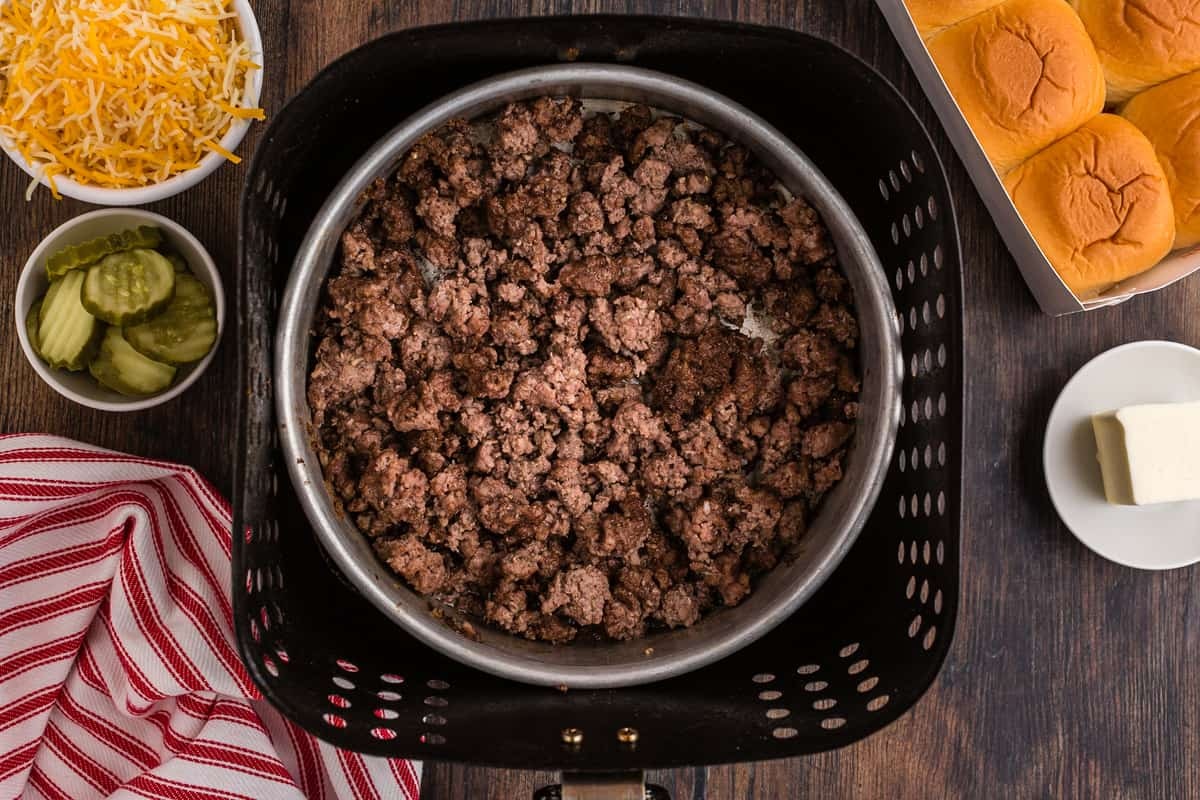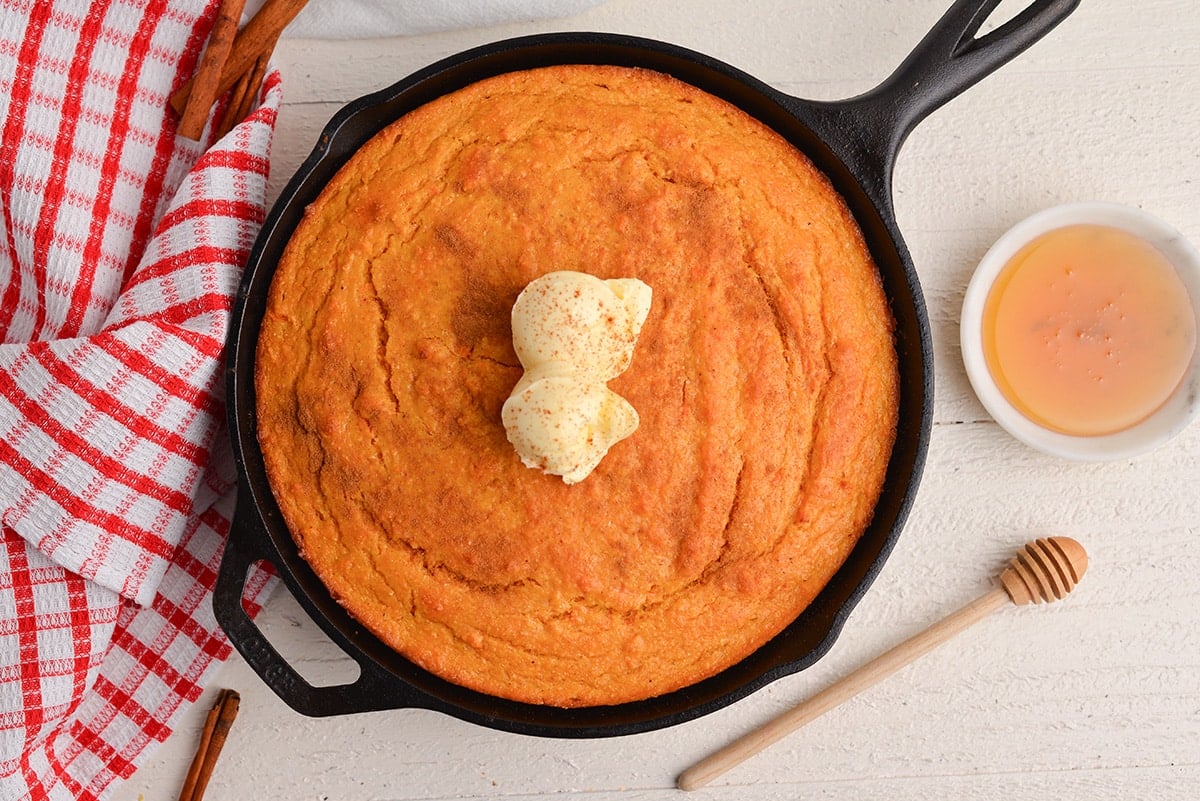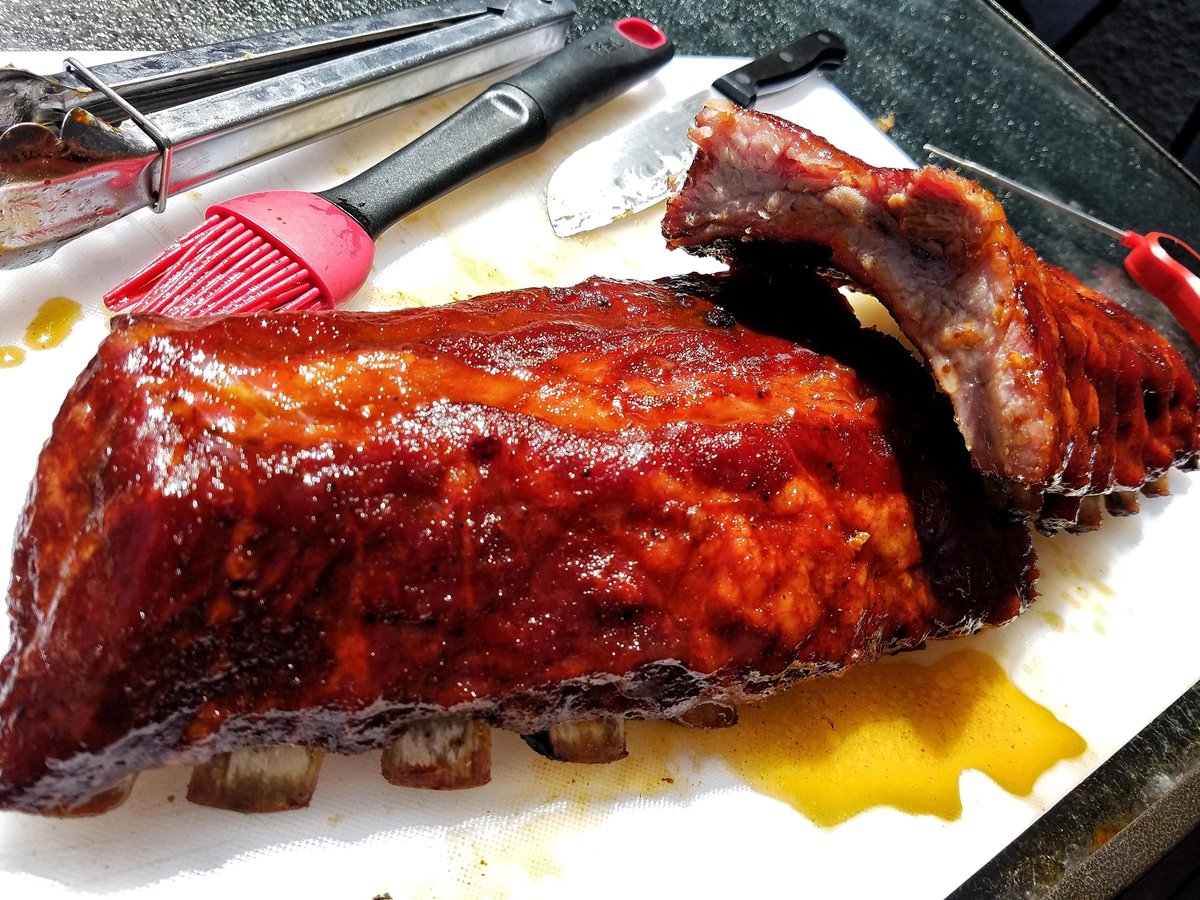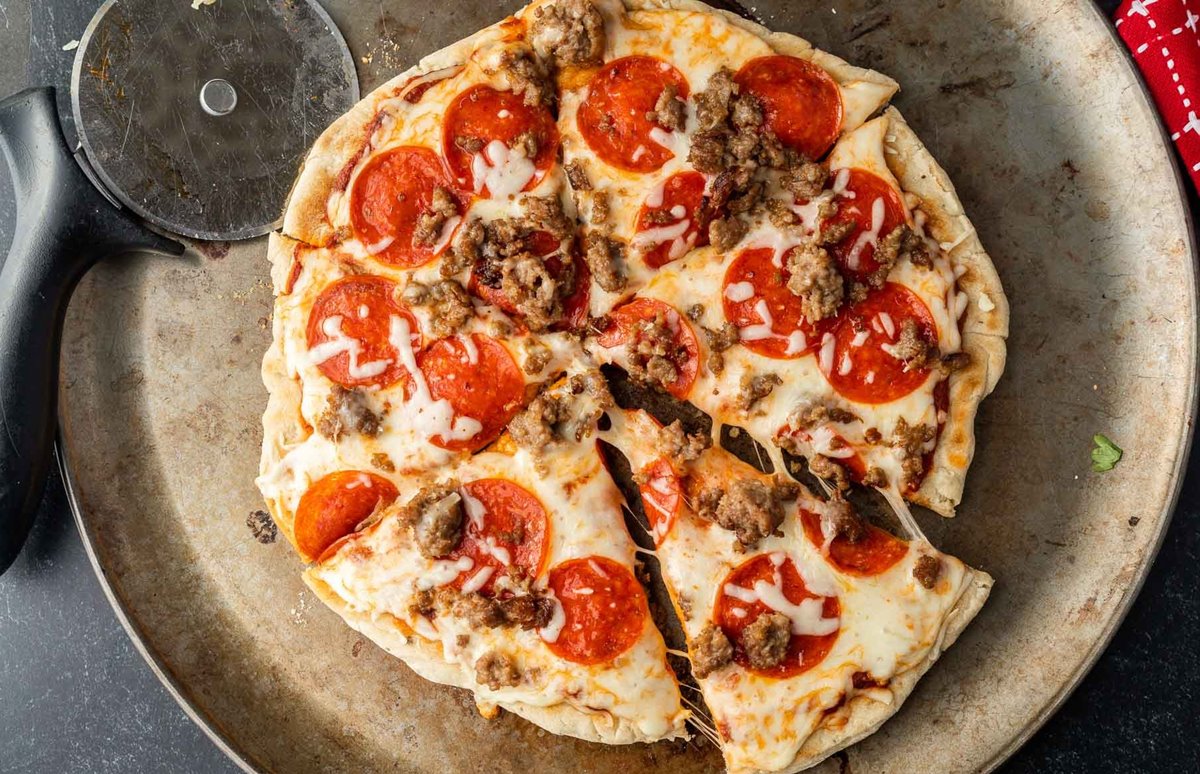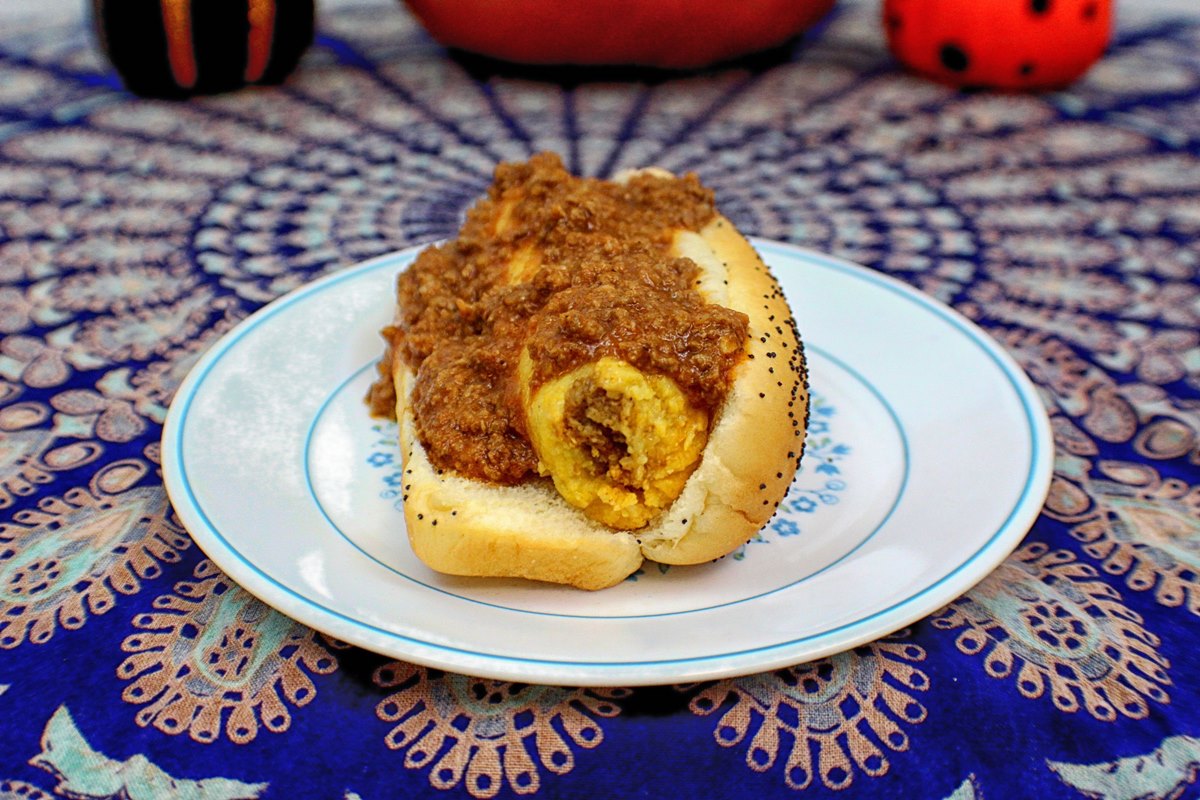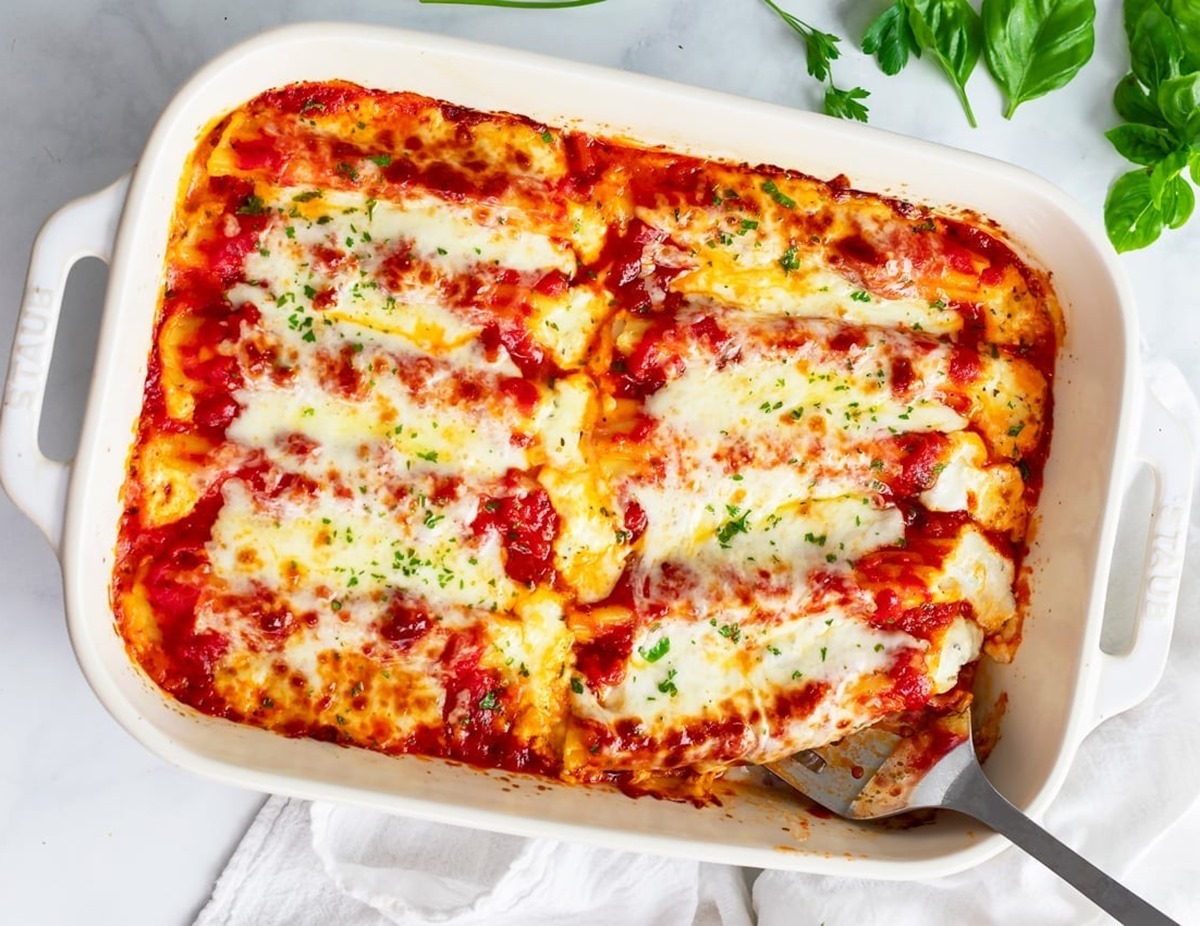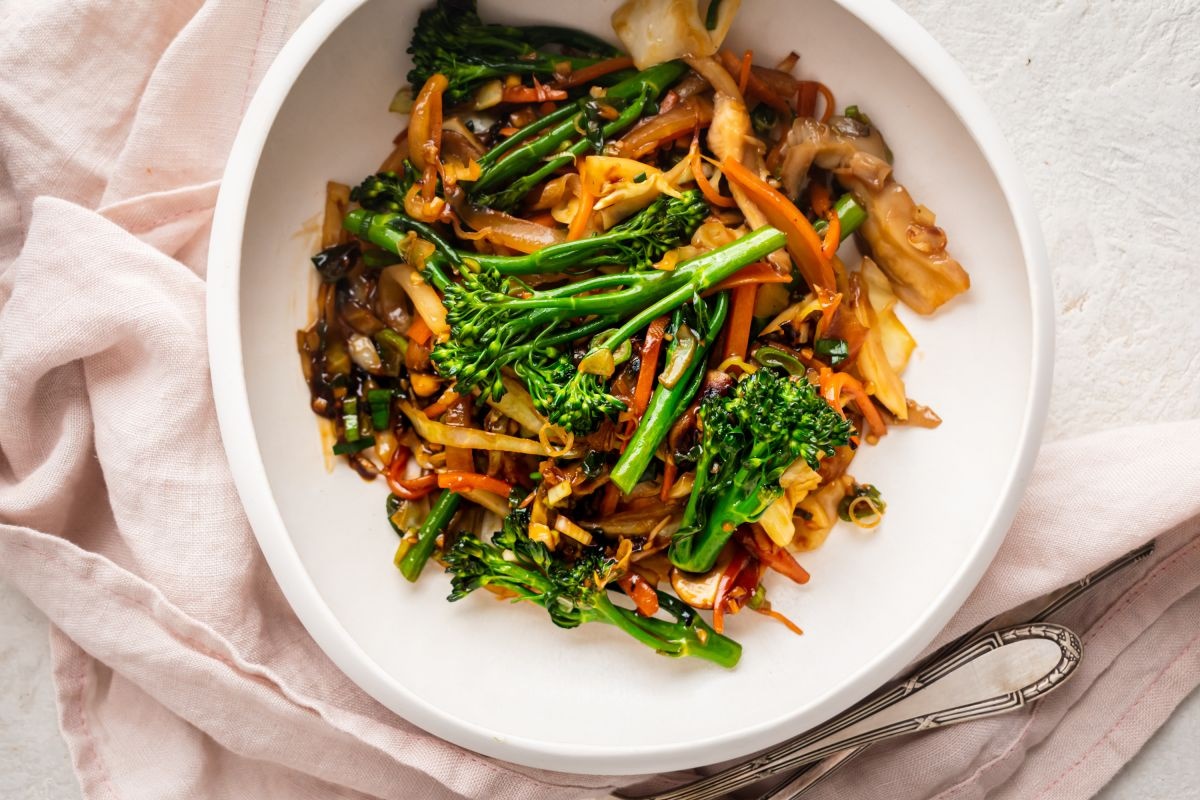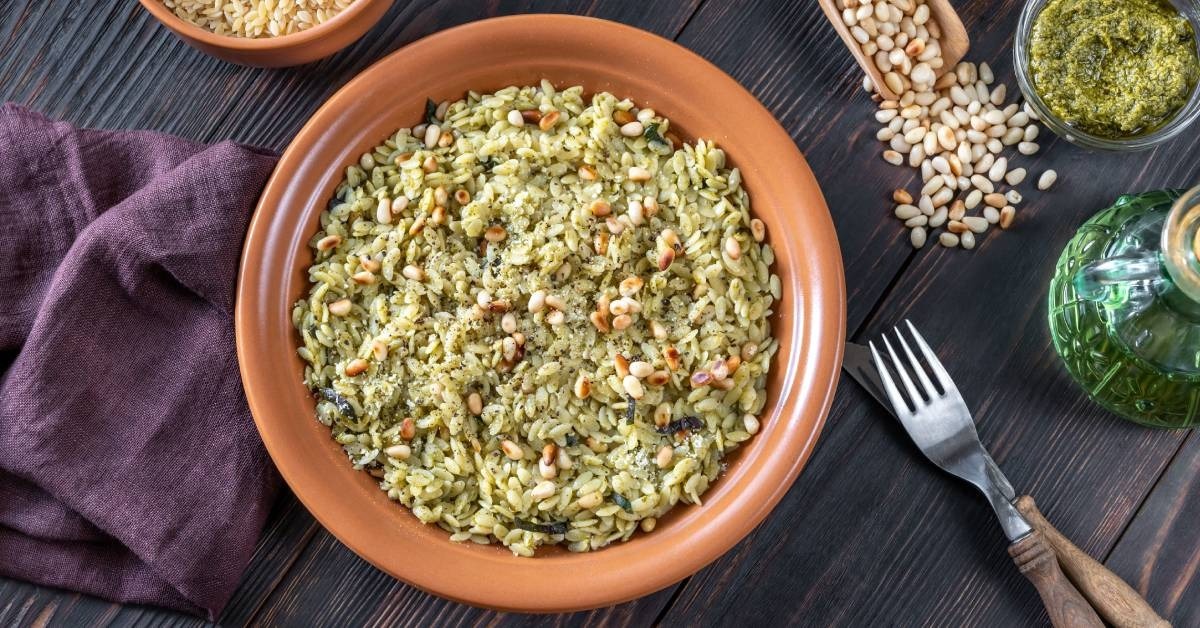Delicious and Crispy: Mastering the Art of Cooking Frozen Zucchini Noodles
Zucchini noodles, also known as zoodles, have become a popular low-carb alternative to pasta. They are not only healthy but also incredibly versatile, allowing you to enjoy your favorite pasta dishes without the guilt. However, when using frozen zucchini noodles, it’s important to take a few extra steps to ensure they don’t end up soggy and lackluster. Let’s dive into the secrets of cooking frozen zucchini noodles to perfection.
1. Thawing is Key
Before cooking frozen zucchini noodles, it’s essential to thaw them properly. This step plays a significant role in preventing excess moisture, which could make your noodles turn out soggy. Thaw the frozen noodles in the refrigerator overnight or place them in a colander and rinse with warm water until fully defrosted. Once thawed, use a clean kitchen towel or paper towels to gently pat dry the zucchini noodles to remove any excess moisture.
2. A Sizzling Saute
When it comes to cooking frozen zucchini noodles, a quick sauté is the way to go. Start by heating a tablespoon of olive oil or butter in a skillet over medium-high heat. Once the oil is hot, add the drained and pat-dried zucchini noodles to the pan. Sauté the noodles for no more than 3-4 minutes, tossing them gently to ensure even cooking. The goal here is to maintain their texture and prevent them from becoming mushy.
3. Embrace the Crunch
To achieve that desired crunchiness, avoid overcooking the zucchini noodles. Overcooked zoodles can quickly turn into a watery mess. Cook them just until they are tender-crisp and retain their natural vibrant green color. This way, they will add a delightful texture and freshness to your dish without any sogginess.
4. Mind Your Seasonings
Seasoning the zucchini noodles properly can enhance their flavor and help absorb any excess moisture. Add a pinch of salt to draw out the moisture and prevent soggy noodles. Additionally, you can experiment with various herbs and spices, such as garlic, basil, or even a sprinkle of red pepper flakes to give your dish a kick. Remember to toss the noodles gently with the seasonings while sautéing, ensuring an even distribution of flavors.
5. Serve and Enjoy
Once your frozen zucchini noodles are cooked to perfection, it’s time to serve and devour them. They make an excellent base for a variety of dishes, from simple garlic and olive oil sautés to more elaborate pasta-inspired creations. Toss them with your favorite sauce, sprinkle some grated Parmesan cheese, or garnish with fresh herbs for that finishing touch. Savour each bite of these crispy, flavorful zucchini noodles without worrying about getting soggy strands.
Conclusion
Mastering the art of cooking frozen zucchini noodles without getting them soggy is easier than you might think. Remember to thaw them properly, sauté them briefly, and keep an eye on their texture to maintain that desired crunchiness. Don’t forget to season them well and enjoy the endless possibilities that zucchini noodles offer. With these tips in mind, you’ll be serving up delicious and crispy zoodles in no time!
More Delicious Zucchini Noodle Recipes to Try
With the skills to cook frozen zucchini noodles mastered, why not put them to the test with a variety of delightful recipes? For those seeking a light yet flavorful dish, Asian Sesame Zucchini Noodles are a must-try, blending the nutty essence of sesame with the fresh bite of zucchini. Alternatively, the Mediterranean Zucchini Noodle Salad offers a refreshing mix of ingredients perfect for a wholesome lunch. If you're in the mood for something more hearty, the Zucchini Noodle Pad Thai is a stellar choice, promising a burst of authentic Thai flavors. Each recipe not only utilizes the techniques from our guide but also enhances your overall cooking repertoire, making every meal an opportunity to impress.
